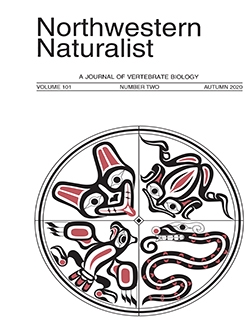Size dimorphic ungulates often display ecological differences attributed to body size. We predicted that male elk should select foraging sites containing more abundant forage than sites selected by smaller-bodied female and juvenile elk. To test this prediction, we estimated forage biomass at bite stations grazed by juvenile, adult female, and adult male Roosevelt Elk (Cervus elaphus roosevelti). Moreover, we examined the potential confounding influences of number of bites taken and group size on forage biomass at bite stations. We measured forage biomass associated with focal observations of 310 grazing elk (55 juveniles, 145 females, 110 males) in 2 meadow complexes in Redwood National and State Parks, California, 2008–2011. Analyzing a linear mixed effects model, our fixed effects showed that forage biomass at bite stations grazed by males tended to be greater than that of bite stations grazed by juveniles and females. When we considered the additional uncertainty from random effects, there was considerable overlap in 95% confidence intervals of estimated forage biomass at bite stations grazed by juvenile, female, and male elk. Therefore, the positive correlation between age-sex classes and forage biomass was weak. There also was no influence from number of bites taken at bite stations or group size on forage biomass at bite stations. When forage was limited, body size had a weak influence at bite stations grazed by juvenile, adult female, and adult male Roosevelt Elk.
How to translate text using browser tools
31 July 2020
FORAGE BIOMASS AT MEADOW BITE STATIONS USED BY ROOSEVELT ELK
Aaron S McGuire,
Floyd W Weckerly
ACCESS THE FULL ARTICLE

Northwestern Naturalist
Vol. 101 • No. 2
Autumn 2020
Vol. 101 • No. 2
Autumn 2020
bites
body size
Cervus elaphus roosevelti
elk
food limitation
grazer
northwestern California




